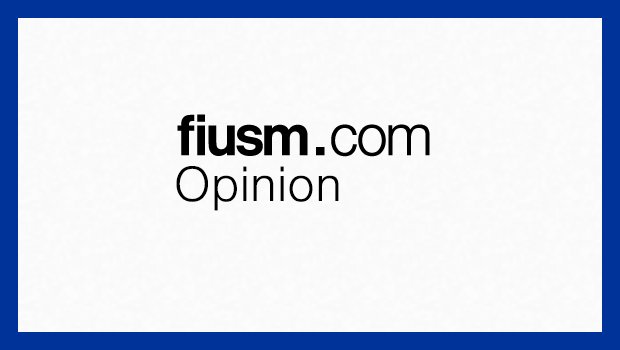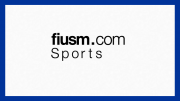Jairo Ramos/Contributing Writer
Recent years have seen card partnerships between universities and banks proliferate exponentially throughout the United States– an issue that, of course, has failed to escape controversy.
In 2012, a year after FIU first announced its affiliation with Wells Fargo, the U.S. Public Interest Research Group published “The Campus Debit Card Trap”– a report that exposed the underhanded methods that some firms use in order to dig directly into students’ pockets. Rich Williams, an advocate for the same organization, called campus debit cards “wolves in sheep’s clothing.”
But before you feed your FIU One Card to the shredder, let us make a key distinction.
When it comes to providing on-campus banking services, the field is made up of two types of players: traditional banks– the names you would typically see in the street– and non-traditional financial firms– institutions that provide banking programs exclusively for university partners. And these differ significantly.
Non-traditional firms, such as Sallie Mae or Higher One, base their income only off their college accounts and campus credit card operations, and, hence, have no incentive to maintain their customers pleased over the years. As a result, their profit-maximizing model relies heavily on exploiting students’ funds during the college period.
The method?
You guessed it– hidden fees. At least for the most part.
Higher One, the industry leader, drew 50% of its revenue last year from “fees for optional banking services” made from students. These “optional fees” include non-sufficient fund fees, overdraft fees, ATM fees and inactivity fees amongst others: a portion of which were drawn from federal financial aid money.
Fortunately, the situation on FIU’s side of the spectrum is much less worrisome. In contrast to the above mentioned firms, traditional banks such as Wells Fargo, the local partner of choice, hope to profit from their clients years past their graduation through regular banking services. Consequently, their priority is not to take advantage of students, but to supply them with optimal service in order to build long-term relationships.
Moreover, these banks ‘share’ their benefit through financial contributions to schools. Universities earn profits from direct monetary payments, as well as from the outsourcing of jobs to such partners– profits which should, theoretically, ‘trickle down’ to the student body in the form of increased benefits and improved facilities.
But does this mean that the system at FIU is flawless?
Not quite.
Though partnerships with traditional banks pose a much friendlier model, they do not come without their own set of complications. For starters, one can argue that by restricting any form of on-campus presence from rival organizations, universities create a monopolistic-type market: less alternatives, no competitive pressure. But the matter reaches even deeper.
Consider the ethical role of a school as source of guidance– an emblem of trust. When a university establishes a partnership with another institution it– explicitly or not– manifests an endorsement of it. And such stamp of approval can lead unwary students into a product they do not want, or even worse– a product they do not need. A checking account is more likely to appear trustworthy to an FIU undergrad if Roary the Panther’s face garnishes the back of the corresponding card– a bank will tend to seem more inviting if its doors open up on the side of a familiar campus building.
The question, then, becomes less about whether students are being offered satisfactory services, and more about whether they are being allowed to judge those services from an impartial standpoint. Are their faces being turned in a particular direction? Are they being exposed to the entire array of options?
And most importantly: are they being taught to decide, or being decided for?
opinion@fiusm.com





Be the first to comment on "On-campus banking: The bad and the not-so-bad"